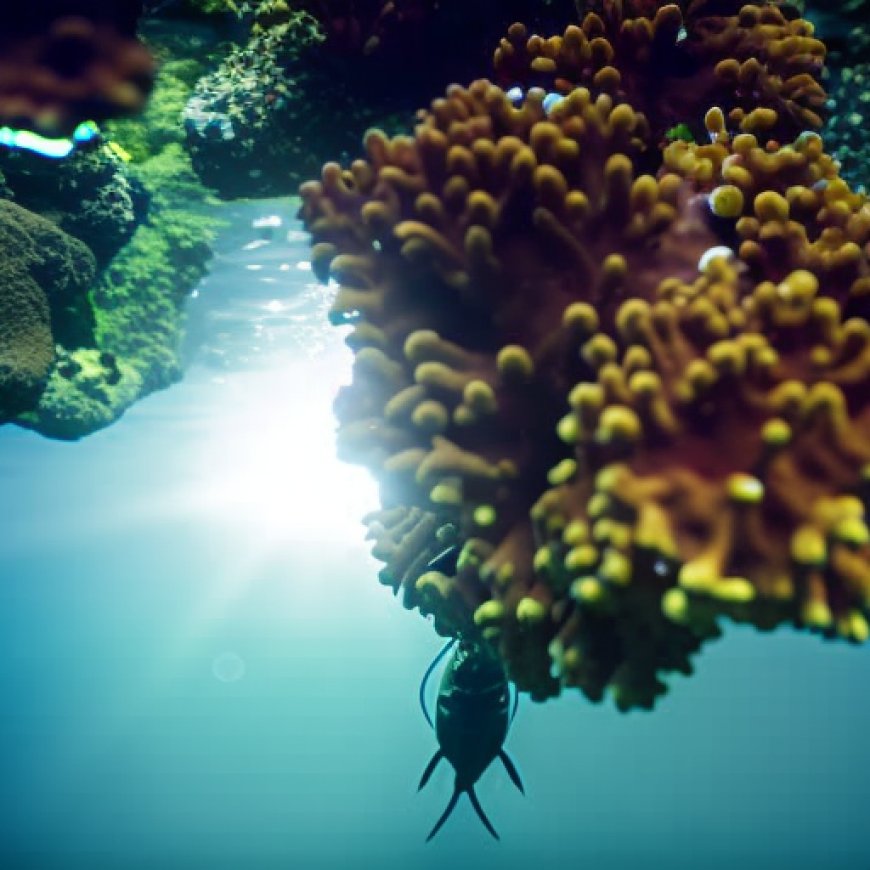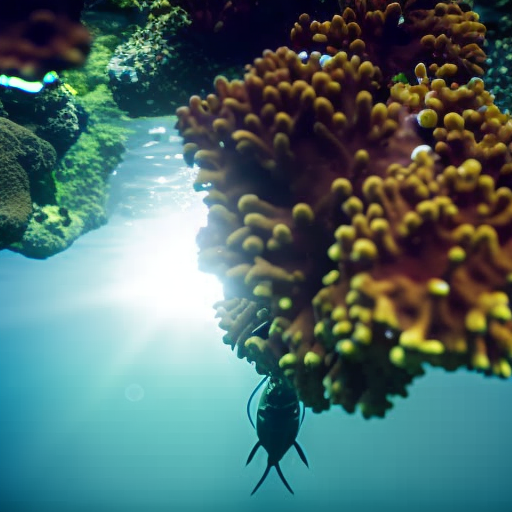After catch and release, here’s how to make sure reef fish survive
After catch and release, here's how to make sure reef fish survive WEKU


Saltwater Recreational Fishing in Florida’s Tourist Economy
Saltwater recreational fishing plays a significant role in Florida’s tourist economy. Every year, anglers embark on over 40 million saltwater fishing trips in Florida, hoping to catch grouper, snapper, or mahi-mahi.
Strict Regulations and the Need for Sustainable Fishing Practices
However, strict regulations on fishing seasons and allowable species result in more than half of the fish caught during a typical trip being returned to the water. To ensure the survival of released fish, fishing guides, charter boat captains, and marine fisheries officials are actively promoting sustainable fishing practices. This includes focusing on the safe return of reef fish, such as grouper, snapper, and hogfish, which inhabit the bottom of the ocean.
The Challenge of Barotrauma
When reef fish that dwell in deep waters are brought to the surface, the gases in their bodies expand, leading to a condition known as barotrauma. This can cause severe harm or even death to the fish. To address this issue, anglers in Florida and federal waters are now required to carry special gear onboard their vessels.
- Venting tools: These long needles are used to pierce the fish’s swim bladder, releasing the pressure.
- Descending tools: These weights are attached to the fish’s lower lip and allow for a slow descent back to its habitat on the ocean floor, typically 100 feet or more below the surface.
Protecting Reef Fish: A Case Study
During a recent fishing trip on Florida’s Biscayne Bay, Captain Wayne Conn and approximately 20 anglers encountered a small mutton snapper that was under the legal size limit. To ensure its survival, University of Florida marine fisheries specialist Angela Collins attached a descending tool to the snapper’s lower lip and gently lowered it back into the water.
Another angler on the same trip caught a larger mutton snapper, but chose to release it to preserve its beauty and allow it to continue living in its natural habitat. The fish’s swim bladder was pierced, and a descending tool was used to lower it into the water.
The Changing Landscape of Recreational Fishing
Captain Wayne Conn, who has been operating charters and party boats in Miami for over 40 years, has witnessed significant changes in recreational saltwater fishing. Previously, the focus was on catching as many fish as possible. However, with the introduction of rules and regulations, anglers now prioritize the experience of being on the water and the conservation of fish populations. Despite increased regulations, fishing remains popular, with a post-COVID spike leading to a surge in boat and gear sales.
Contributing to the Sustainable Development Goals (SDGs)
The efforts to promote sustainable fishing practices align with several SDGs, including:
- SDG 14: Life Below Water – By implementing measures to protect reef fish and ensure their survival, these initiatives contribute to the conservation and sustainable use of marine resources.
- SDG 12: Responsible Consumption and Production – The focus on catch-and-release practices and reducing waste aligns with the goal of promoting sustainable consumption patterns.
- SDG 8: Decent Work and Economic Growth – Saltwater recreational fishing supports Florida’s tourist economy, creating employment opportunities and contributing to economic growth.
By adopting sustainable fishing practices and raising awareness about the importance of fish conservation, anglers can contribute to the achievement of these SDGs while enjoying their fishing experiences.
Copyright 2024 NPR. To see more, visit https://www.npr.org.
SDGs, Targets, and Indicators
1. Which SDGs are addressed or connected to the issues highlighted in the article?
- SDG 14: Life Below Water – The article discusses the importance of ensuring the survival of reef fish and the impact of strict regulations on saltwater recreational fishing.
2. What specific targets under those SDGs can be identified based on the article’s content?
- SDG 14.4: By 2020, effectively regulate harvesting and end overfishing, illegal, unreported and unregulated (IUU) fishing and destructive fishing practices and implement science-based management plans, in order to restore fish stocks in the shortest time feasible – The article highlights the strict regulations on seasons and species that can be taken to protect fish stocks.
- SDG 14.7: By 2030, increase the economic benefits to Small Island developing States (SIDS) and least developed countries (LDCs) from the sustainable use of marine resources, including through sustainable management of fisheries, aquaculture and tourism – The article mentions that saltwater recreational fishing is a big part of Florida’s tourist economy.
3. Are there any indicators mentioned or implied in the article that can be used to measure progress towards the identified targets?
- Indicator 14.4.1: Proportion of fish stocks within biologically sustainable levels – The article discusses the need for regulations to prevent overfishing and ensure the restoration of fish stocks.
- Indicator 14.7.1: Sustainable fisheries as a proportion of GDP in small island developing states, least developed countries and all countries – The article mentions the economic benefits of saltwater recreational fishing for Florida’s tourist economy.
4. Table: SDGs, Targets, and Indicators
| SDGs | Targets | Indicators |
|---|---|---|
| SDG 14: Life Below Water | 14.4: By 2020, effectively regulate harvesting and end overfishing, illegal, unreported and unregulated (IUU) fishing and destructive fishing practices and implement science-based management plans, in order to restore fish stocks in the shortest time feasible | Indicator 14.4.1: Proportion of fish stocks within biologically sustainable levels |
| SDG 14: Life Below Water | 14.7: By 2030, increase the economic benefits to Small Island developing States (SIDS) and least developed countries (LDCs) from the sustainable use of marine resources, including through sustainable management of fisheries, aquaculture and tourism | Indicator 14.7.1: Sustainable fisheries as a proportion of GDP in small island developing states, least developed countries and all countries |
Behold! This splendid article springs forth from the wellspring of knowledge, shaped by a wondrous proprietary AI technology that delved into a vast ocean of data, illuminating the path towards the Sustainable Development Goals. Remember that all rights are reserved by SDG Investors LLC, empowering us to champion progress together.
Source: weku.org

Join us, as fellow seekers of change, on a transformative journey at https://sdgtalks.ai/welcome, where you can become a member and actively contribute to shaping a brighter future.







